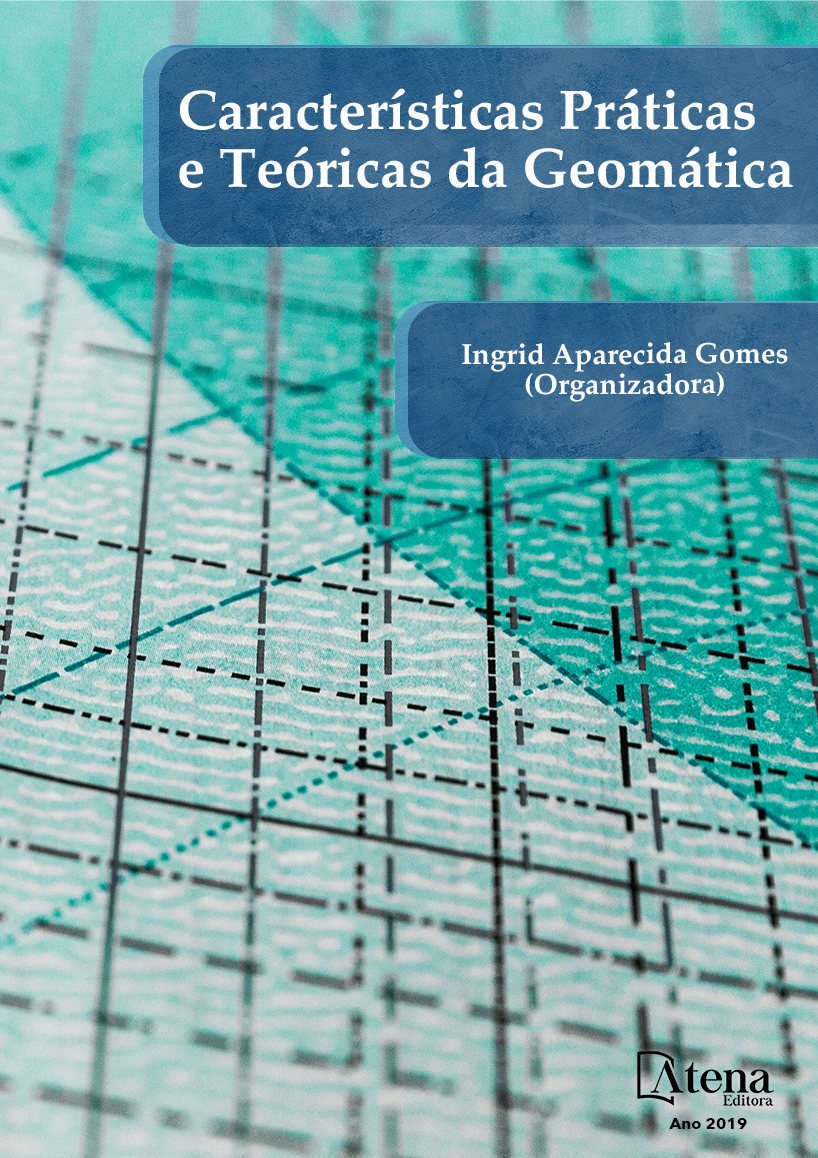
Certificação de imóveis rurais gerada pelo INCRA/SIGEF: transcrição da certificação em serviço de registro de imóveis
Com o advento e evolução dos
sistemas de geoposicionamento por satélites,
tornou-se possível a localização de qualquer
ponto sobre a superfície da Terra com grande
precisão. Atento a essa evolução tecnológica,
o legislador brasileiro procurou tirar proveito
do avanço técnico, editando a Lei 10.267/01
- dita Lei do georreferenciamento - que cria o
Cadastro Nacional de Imóveis Rurais - CNIR,
e determina que todas as propriedades rurais
do país sejam georreferenciadas - é dizer, as
coordenadas dos vértices que definem os
limites das propriedades devem ser levantadas
segundo as avançadas técnicas disponíveis
e georreferenciadas ao Sistema Geodésico
Brasileiro. O processo da certificação se inicia
com a coleta dos dados, em campo, pelos
profissionais especializados, as informações
geográficas são inseridas no banco de dados
do Instituto Nacional de Colonização e Reforma
Agrária - INCRA, que verifica as informações
fornecidas e, inexistindo inconsistências,
certifica o levantamento. O processo conclui-se
com a transcrição das informações geográficas
no serviço de registro de imóveis e posterior
atualização na base de dados nacional.
O problema encontrado na prática é que
muitos agentes notariais entendem, apenas,
a obrigatoriedade de criação de uma nova
matrícula para o imóvel, não atentando para
as exceções expressas em lei, a fim de que se
possa processar a transcrição da certificação.
As divergências que acarretam um maior
dispêndio de tempo e energia, chegando,
por vezes, a causar interrupção no processo.
Objetiva-se com este artigo analisar a legislação
pertinente ao tema, a fim de identificar as
hipóteses em que é possível realizar averbação
nas matrículas existentes e as hipóteses em
que se faz necessária a inscrição de uma nova
matrícula. Espera-se com isso contribuir para
minorar as dúvidas de tabeliães, registradores e
demais profissionais envolvidos na certificação
de imóveis rurais.
Certificação de imóveis rurais gerada pelo INCRA/SIGEF: transcrição da certificação em serviço de registro de imóveis
-
DOI: 10.22533/at.ed.1111928037
-
Palavras-chave: Lei de Registro Público. Averbação. Georreferenciamento.
-
Keywords: Public Register Law. Annotation on the margin. Georeferencing.
-
Abstract:
With the advent and evolution of
satellite positioning systems, it became possible
to locate any point on earth's surface with great
accuracy. Mindful of this technological evolution,
Brazilian legislators aimed to take advantage
of the technical advance, by elaborating Law
10,267 / 01 - called Law of georeferencing - that
creates the National Register of Real Estate,and determines that all estates of the country must be georeferenced - that is, the
coordinates of vertices that define properties boundaries must be obtained according to
advanced techniques available and georeferenced to Brazilian Geodetic System. The
process of georeferencing begins with field data collection by specialized professionals.
These data are, then, inserted in the data base managed by National Institute for
Colonization and Agrarian Reform - INCRA, which verifies the informations and, if there
are no inconsistencies, certifies them. Yet it is necessary to carry out the transcription
of geographical information in real estate registry service. The problem that has often
been faced is that many notary agents understand to be always mandatory the creation
of a new registration for the property in order to carry out the transcription, ignoring
the exceptions provided by law. We believe this is a misunderstanding which leads
to a great expenditure of time and energy, sometimes even preventing the process
to flow. This article is intended to analyze relevant legislation, in order to identify the
hypotheses in which it is possible to carry out recording in existing registration and the
hypotheses in which it becomes necessary to create a new registration. It is expected
that this work helps diminishing doubts of notaries, registrars and other professionals
involved in real estate certification.
-
Número de páginas: 15
- MARCO LIMA FONTES


